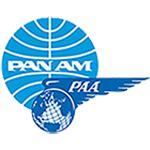Pan Am in 1935: Betting on the Future
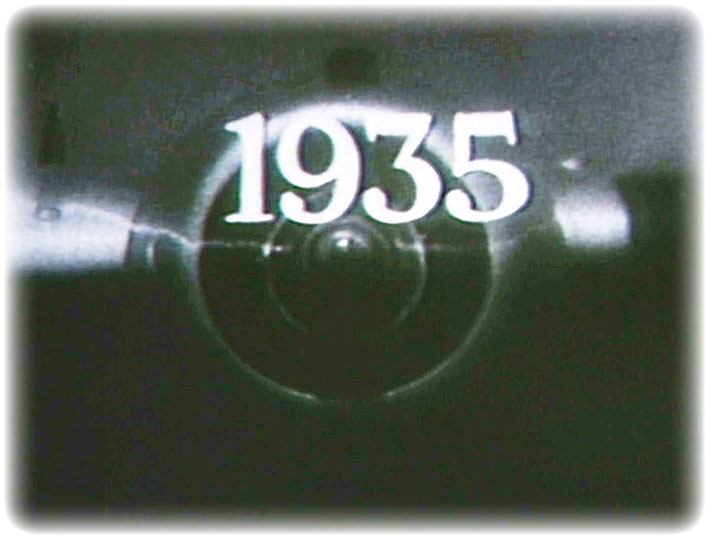
by Eric H. Hobson, PhD & the Pan Am Historical Foundation
Depression Era investors reading the “Seventh Annual Report to Stockholders of the Pan American Airways Corporation” in early 1935 learned:
“Your Company had at the end of the year cash and other current assets, excluding funds reserved for replacement of flight equipment and ground facilities, amounting to $2,925,000.00. There are no outstanding loans or bonded indebtedness.”
on
GROSS REVENUES: $9,642,568.71
THE REPORT SPOKE TO PAN AM'S CONTINUING GROWTH
During 1934 the company saw significant changes compared to 1928 when they had 7 aircraft and 118 employees.
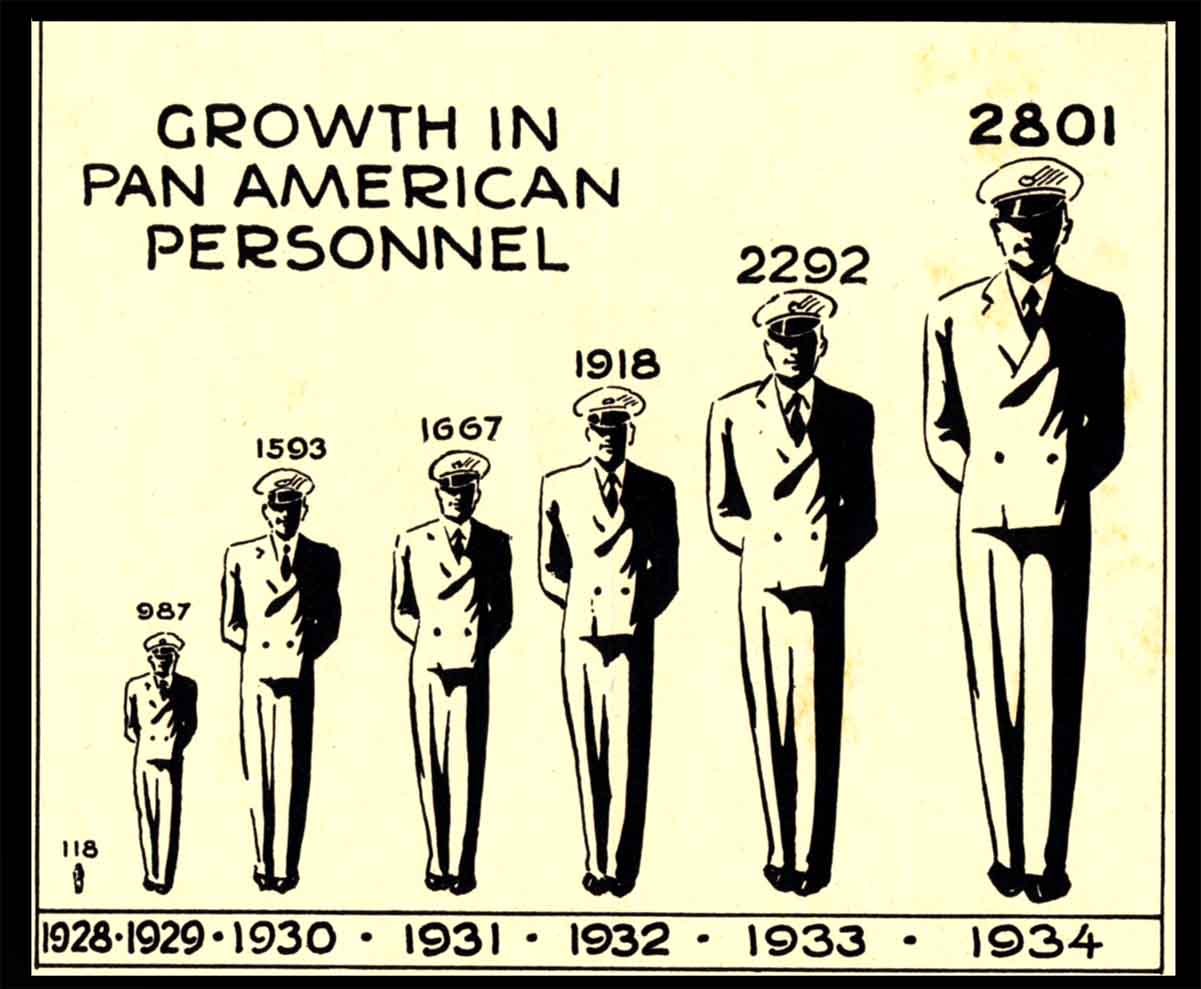
508 Employees Added in 1934 -- Jan. 1935 Pan American Air Ways Supplement
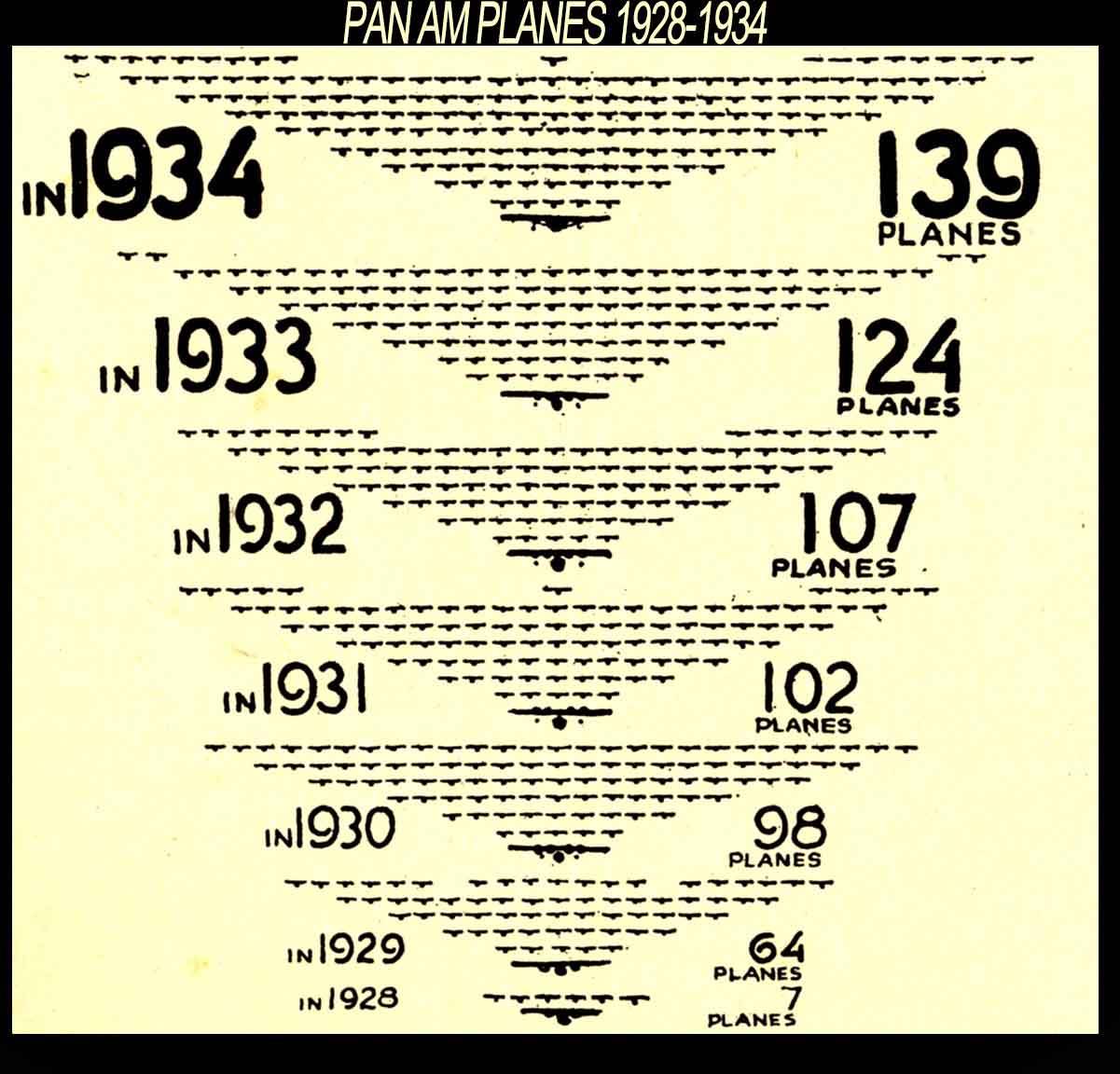
15 Aircraft Added in 1934 -- Jan. 1935 Pan American Air Ways Supplement
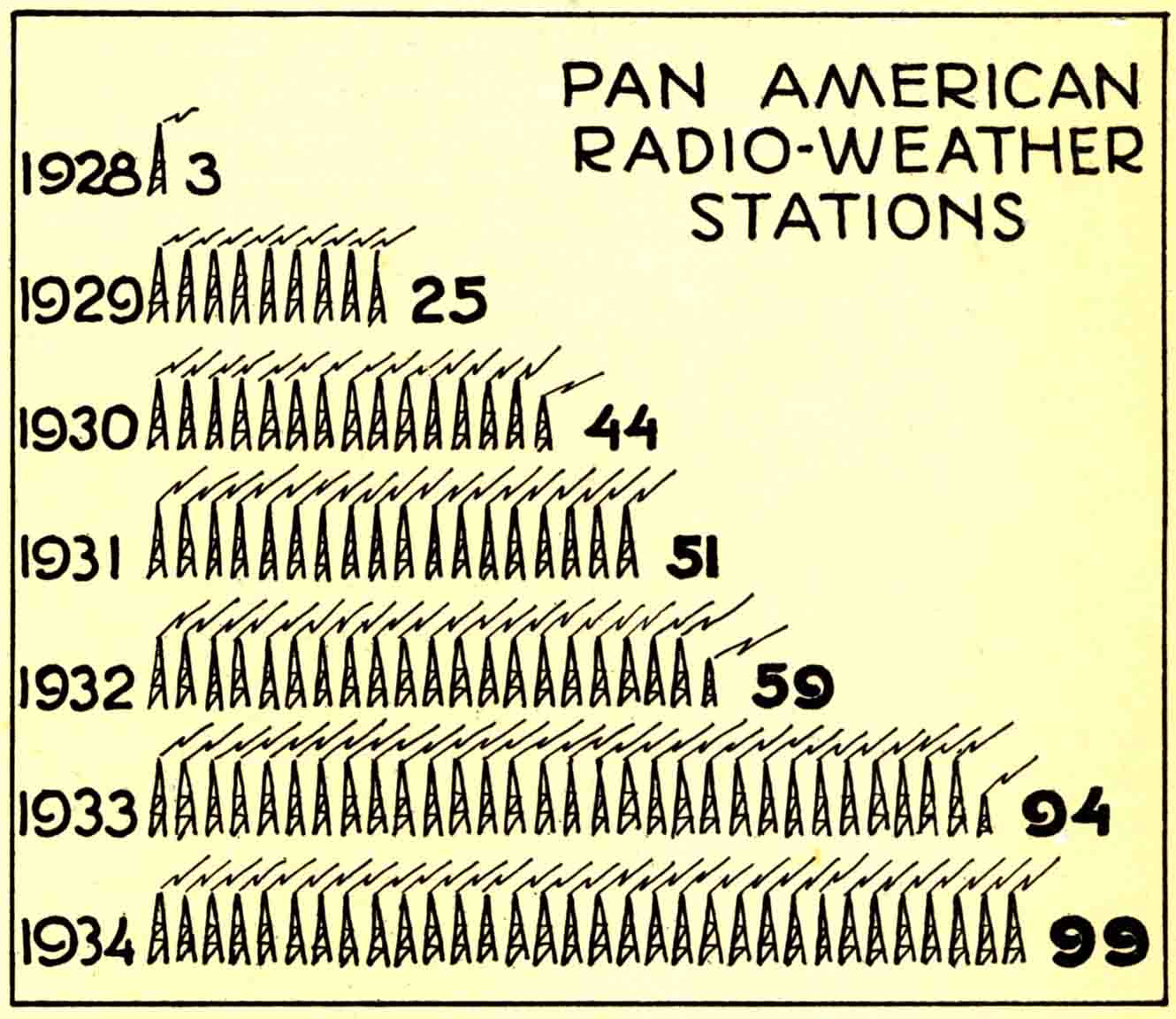
5 Radio/Weather Stations Added in 1934 -- Jan. 1935 Pan American Air Ways Supplement
“The traffic records for the year 1934 show Pan American carried more than 108,000 passengers during the year to compare with 80,500 during 1933."Pan Am acknowledged that its passenger volume was “taxing the full capacity of equipment on many Divisions of the System.” --January 1935 Supplement, S-6
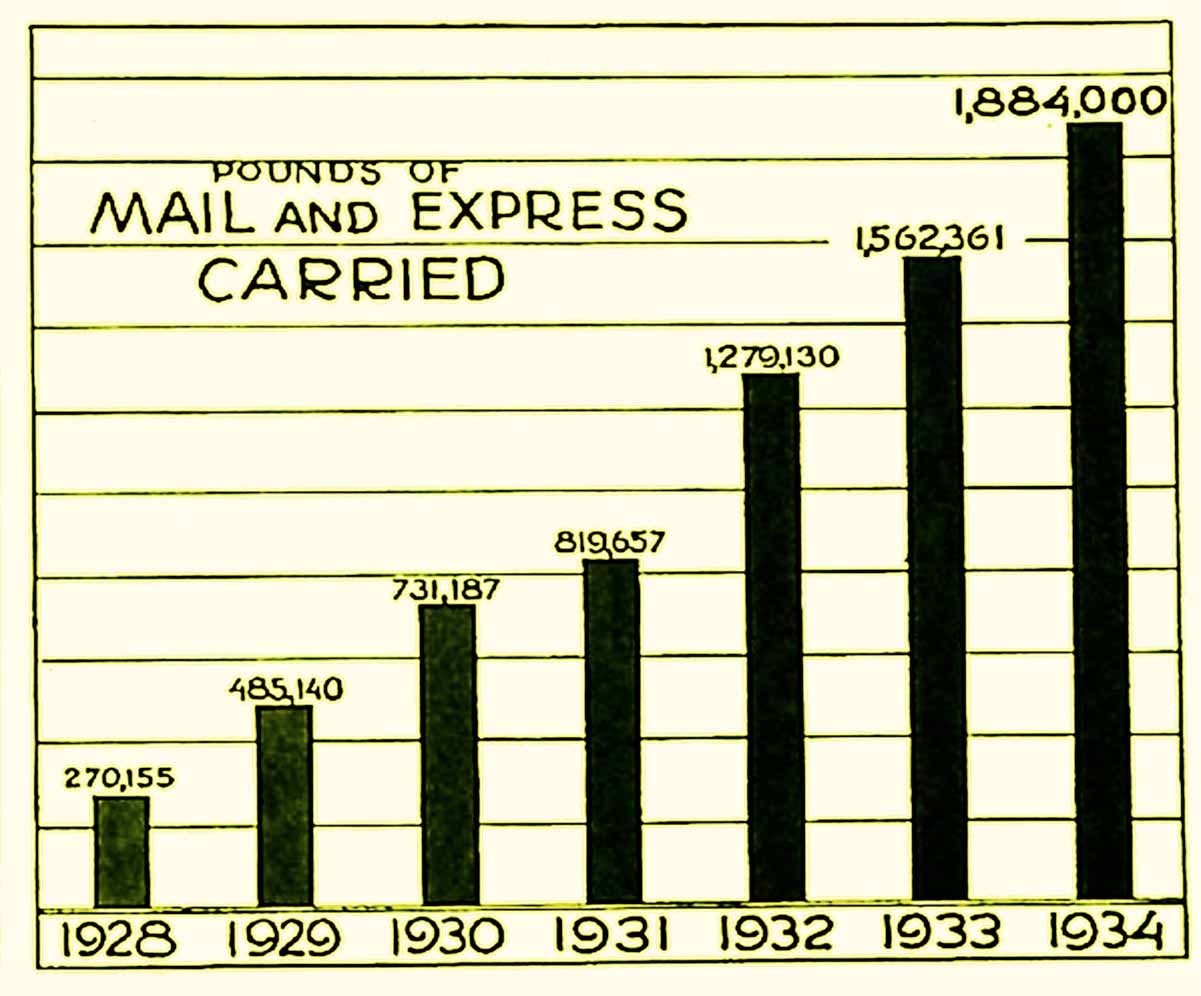
In 1934, 1.884 M lbs. of Pan Am Mail/Express Shipments -- Jan. 1935 Pan American Air Ways Supplement
WHAT WAS COMING
While welcoming growth and profits, 1935 would be challenging. Another surplus this year was not guaranteed because of the expansive undertaking of Pan Am’s pioneering transpacific plans and aircraft deliveries:
- The five-base transpacific route (San Francisco to Manila) had to be constructed.
- Seventeen new aircraft were arriving with sizable price tags.
NEW AIRCRAFT
- 4 Sikorsky S-42 “Clipper” flying boats at $242K/per unit.
- 2 Martin two M-130 “Clipper” flying boats at $417K/per unit, with a third in 1936.
- 8 Douglas company DC-2 airplanes at $50K/per unit.
- 8 twin-engine Electras from Lockheed in an order of eight airplanes that began in 1934.
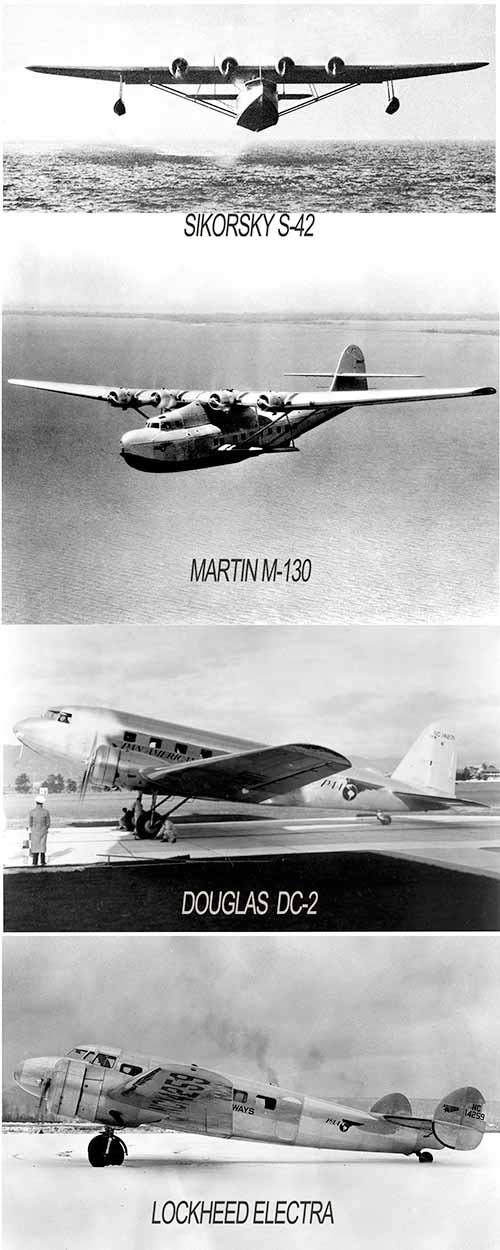
THE CHALLENGE AHEAD
$2.3 M in new aircraft costs ($51M in 2025 USDs) sat on Pan Am’s 1935 books on top of operation & maintenance costs for the current fleet of 139 Pan Am aircraft.
Each new aircraft Pan Am received offered expanded revenue potential. Each doubled per-flight passenger and cargo capacity on the routes they flew. Pan Am’s mail and cargo contracts would need to support Pan Am’s aspirations to conquer the Pacific.
To realize that potential, Pan Am would have to increase passenger volume, continuing its 1934 pattern as reported by general traffic manager, V. E. Chenea:
“…one out of every three travelers to the West Indies, Central and South America goes by air.”
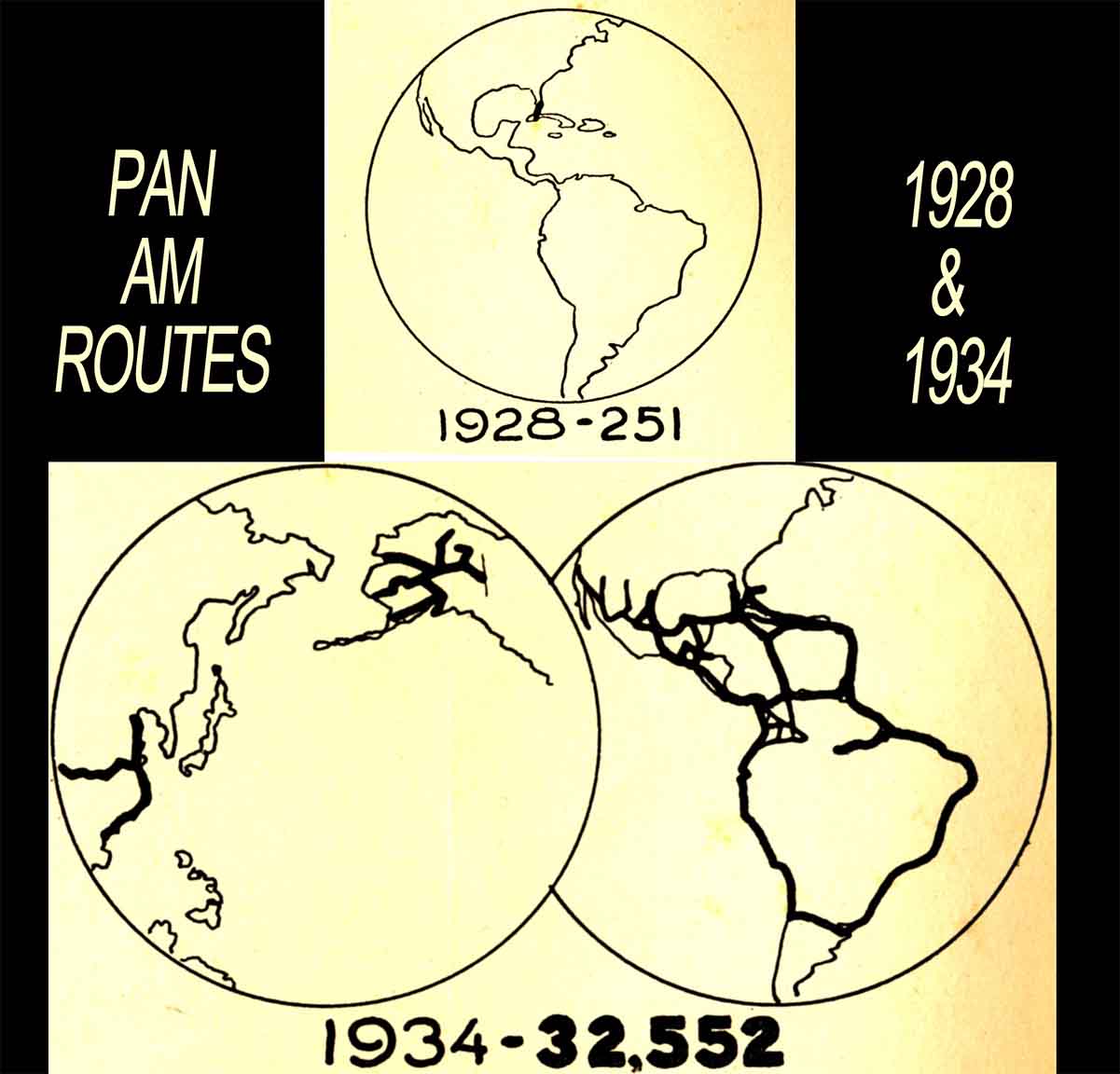
Routes comparing 1928 (251 miles to Havana) with 1934 flights in three continents (32,552 miles included the 1933 acquisition of PAA's stake in CNAC, China National Aviation Corp. (32,552 miles)
-- Jan. 1935 Pan American Air Ways Supplement
Davies, R.E.G. Pan Am: An airline and its aircraft (Hamlyn, 1987).
Filmframe from"Transpacific" production by Pan American Airways (1939).
“One Out of Three Go Pan American.” Pan American Air Ways, Vol. 6, No. 3 (May 1935), p. 3.
